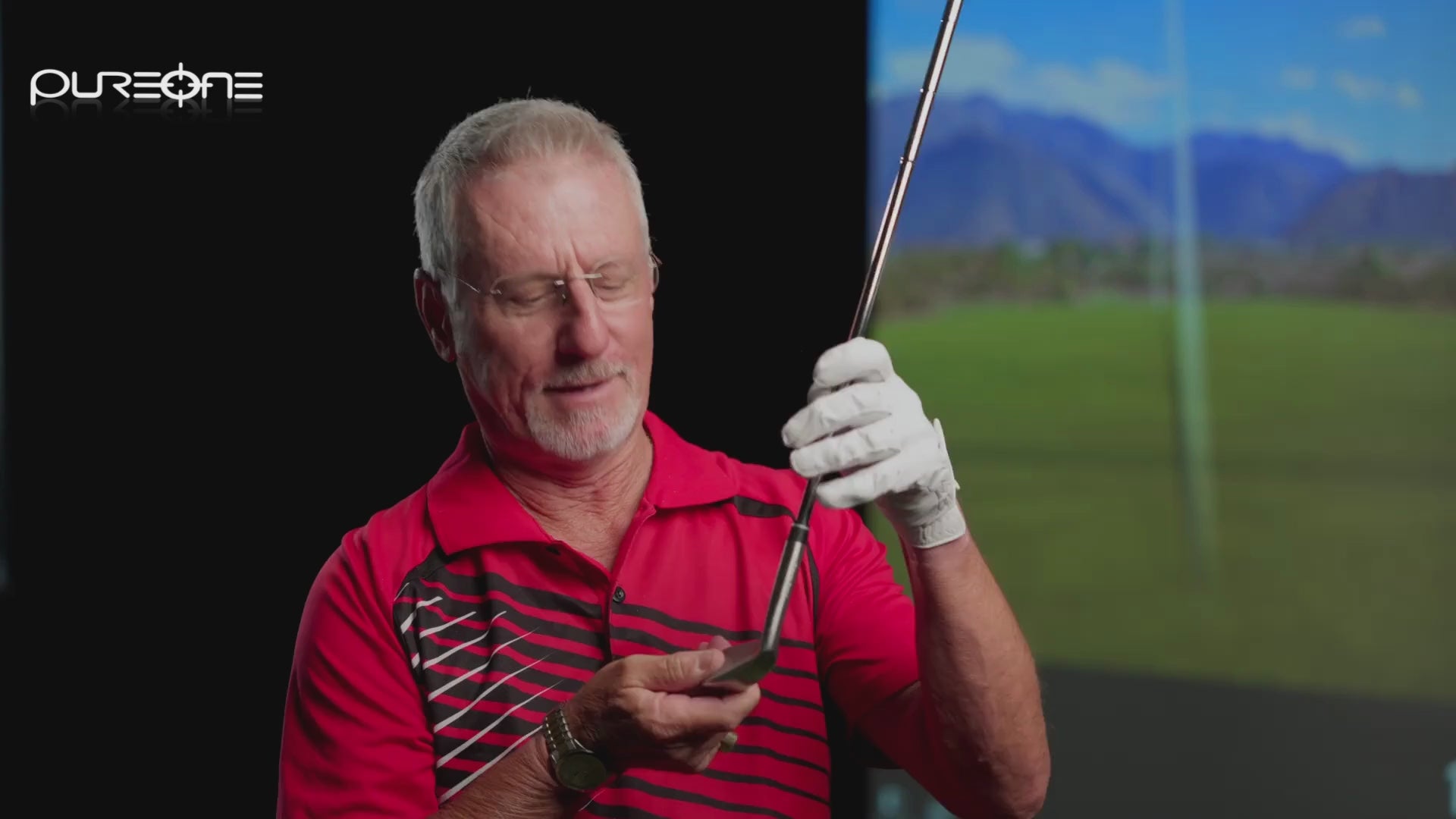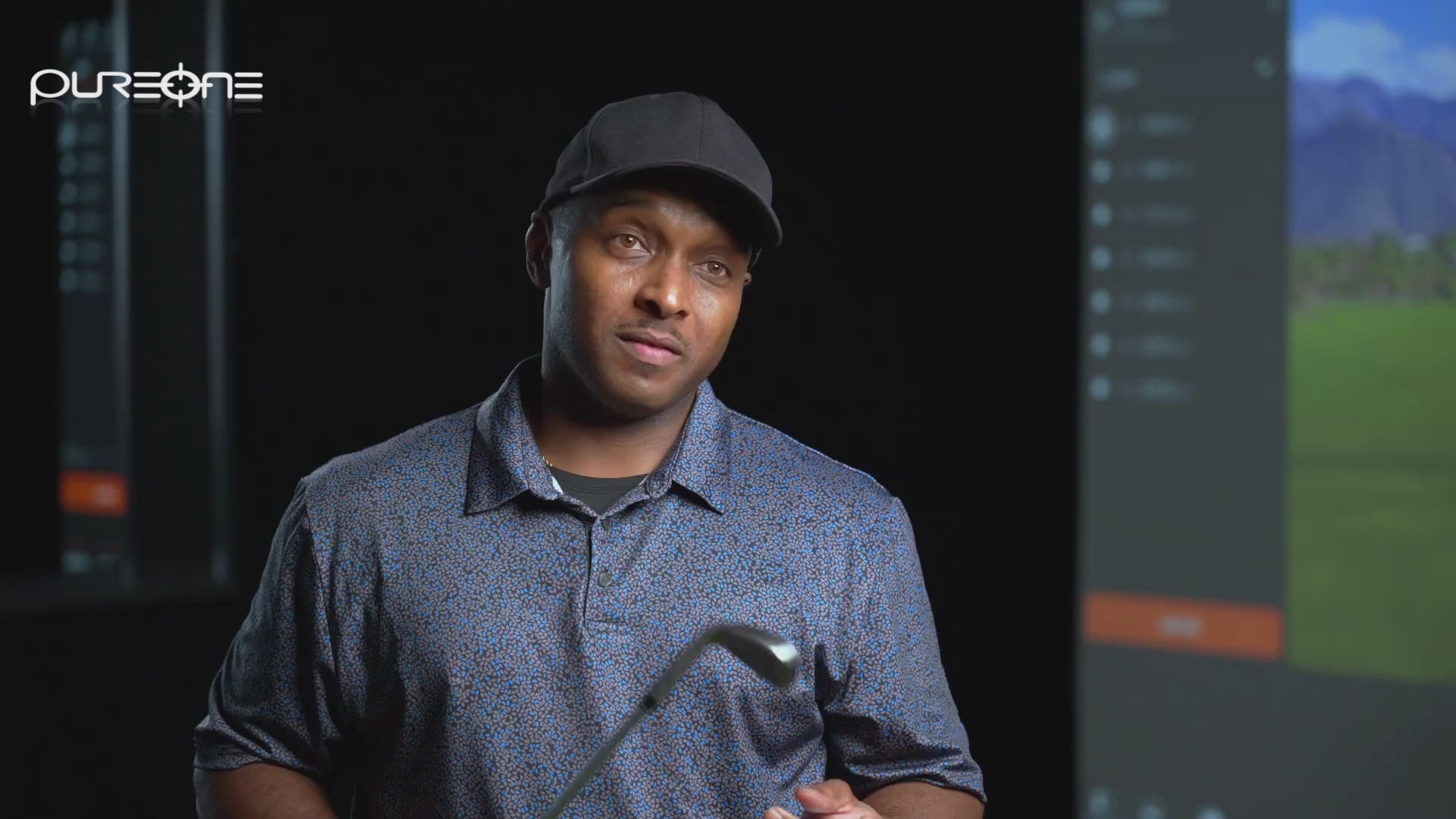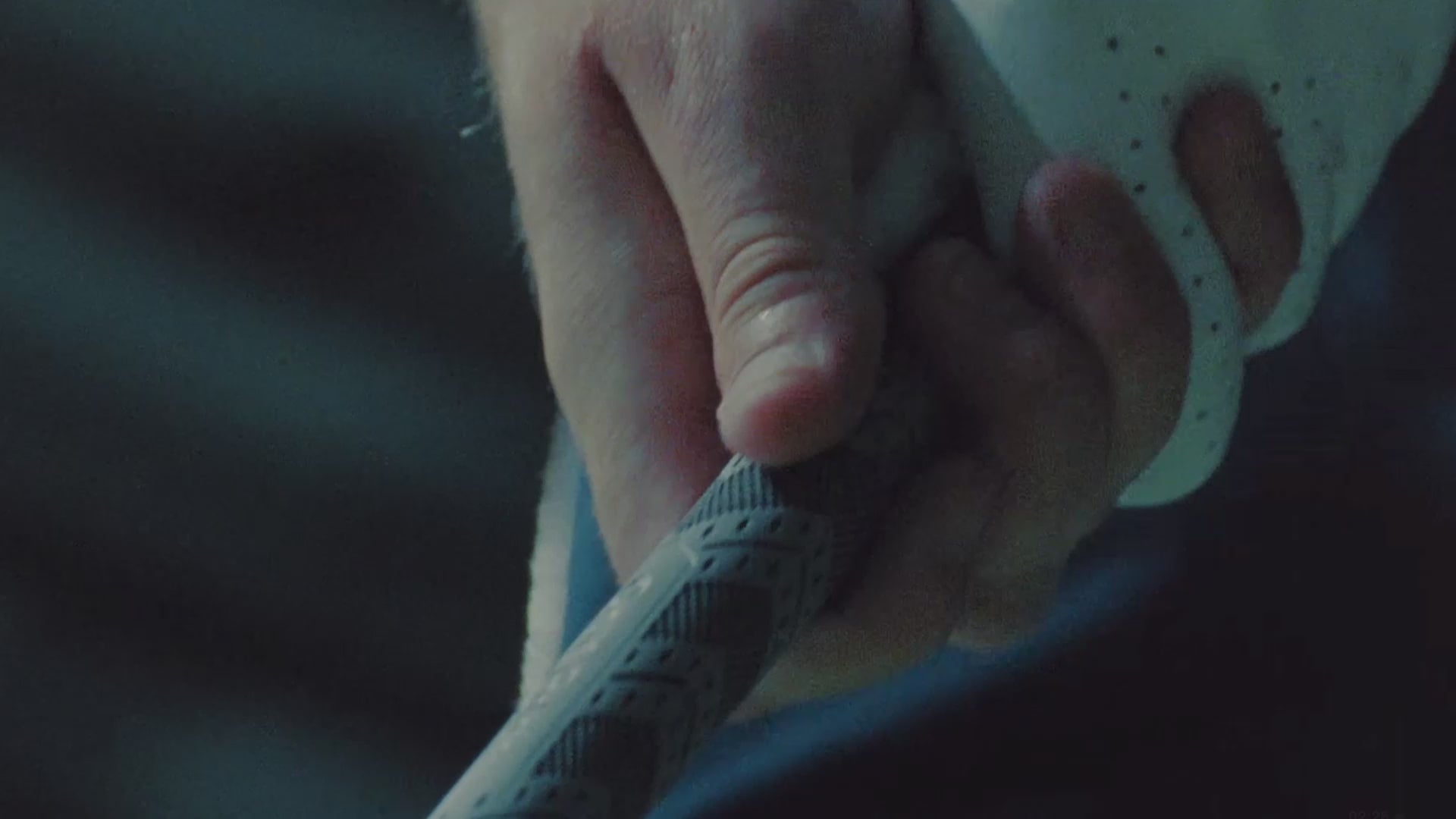Why Changing Practice Intensity (Not Length) is the Key to Golf Improvement
Jun 10, 2025
If you're someone who loves to grind at golf practice and spend hours on the driving range, it might be time to rethink your strategy.
At some point in my career, I had to do this myself, as I used to believe that the golfers putting in the most hours on the range were the ones getting better the fastest. Makes sense, right? More practice equals more improvement.
But after spending countless hours watching players practice golf, I've realized I had it completely backwards — it's not about how long you're out there swinging a golf club, it's about how intentional you are while out there.
The intensity of your golf practice beats the length of your practice every single time. Most golfers are just going through the motions, but the ones who really improve are making every swing count — so here's why it's time to change your approach for real improvement.
Why Most Driving Range Sessions Hurt Your Game
The biggest mistake I see at driving ranges isn't poor technique, it's mindless repetition. Golfers will grab a bucket of balls, pick a target, and just start whacking away without any real plan, focus, or intent.
One of my former students was renowned for doing this.
He'd take the time to show up at the driving range every Saturday morning for two hours, hit 150 balls, and feel like he'd put in good work. But when I actually observed one of his sessions, I was blown away.
He'd hit five balls, then check his phone. Hit a few more, chat with the guy next to him. Maybe work on his driver for 20 minutes, then randomly switch to wedges with no clear objective.
While he was putting in the time, he wasn't putting in the work. His brain was on autopilot, just going through familiar motions without any real intention to improve at golf.
It's a hard pill to swallow, but if you're not practicing with complete focus and a specific purpose, you're probably just reinforcing whatever bad habits you already have. Mindless practice doesn't make you better, it just makes your mistakes more consistent.
The 4 Elements of High-Intensity Golf Practice
Here's what separates effective golf practice from just hitting balls. Once you start practicing this way, you'll improve faster than you ever thought possible.
First, every golf swing needs a specific target and intention, not just "somewhere down the range." Choose an exact spot with a clear plan for how you're going to get the ball there. Before you even address the ball, you should know exactly what you're trying to accomplish with that swing.
Second, focus on one thing at a time. Don't try to fix your golf grip, your stance, and your follow-through all in one session. Just pick one specific element and work solely on that for your entire time on the driving range. Your brain can only handle so much change at once.
Third, take time between golf shots to actually think. This isn't a race to see how fast you can empty your bucket, so after each shot, take a moment to analyze what happened. Did you achieve the ball flight you wanted? Did you execute your intention? What needs to adjust for the next swing?
Finally, practice like you play. Go through your full pre-shot routine on every ball. Pick different targets, change clubs frequently, and simulate real on-course situations. If you just stand there and hit the same club to the same target 50 times in a row, you're not preparing yourself for actual golf.
Try this 30-Minute Golf Practice For Better Efficiency
Here's a high-intensity practice routine that'll do more for your game in 30 minutes than most golfers accomplish in two hours of mindless ball-beating.
Start with five minutes of purposeful warm-up swings. No ball, just getting your body moving and feeling the positions you want to work on. This isn't just about loosening up, it's about developing the movement patterns you're trying to improve in the golf swing.
Now spend the next 15 minutes working on one specific aspect of your swing. Maybe it's your hip rotation, maybe it's keeping your head steady, maybe it's improving your swing tempo. Hit 20-25 balls at most, but make every single swing count. Take your time, go through your routine, and really focus on feeling the change you're trying to make.
Use the next five minutes to play "golf" on the range. Pick different targets that represent actual holes you play. Go through your full routine, switch clubs between shots, and try to hit specific shapes or trajectories. This bridges the gap between practice and actual play.
Finally, finish with five minutes of your most confident shot. moving away from your PureOne Golf practice club to your normal one.
Simply hit balls with the swing that feels the most natural and produces your best results. This builds confidence and reinforces positive feelings about your golf game.
The Mental Game of Focused Practice
The hardest part about high-intensity practice isn't physical, it's mental!
Most golfers are used to hitting golf balls without much thought. But focused practice requires constant attention and decision-making, which can be mentally exhausting for the average golfer.
Here's the thing, though: That mental fatigue is actually a good sign. It means your brain is actively working to create new neural pathways and to break old habits. You're literally rewiring how you think about and execute your golf swing.
So the next time you head to the range for some golf practice, try this approach. Instead of hitting balls for two hours while your mind wanders, commit to 30 minutes of complete focus. Work on one specific thing — like tricky 50-yard wedge shots — take your time between shots, and make every swing intentional.
By committing to a more intentional way of practicing golf, you'll not only learn much faster, but you'll improve quicker as well.
PGA of America Golf Professional Brendon Elliott is an award-winning coach and golf writer. Check out his weekly Monday column on RG.org, sign up for his golf newsletter, and visit OneMoreRollGolf.com to learn more about him and his work.






